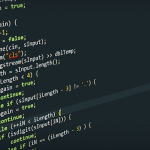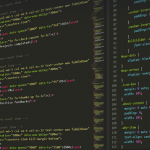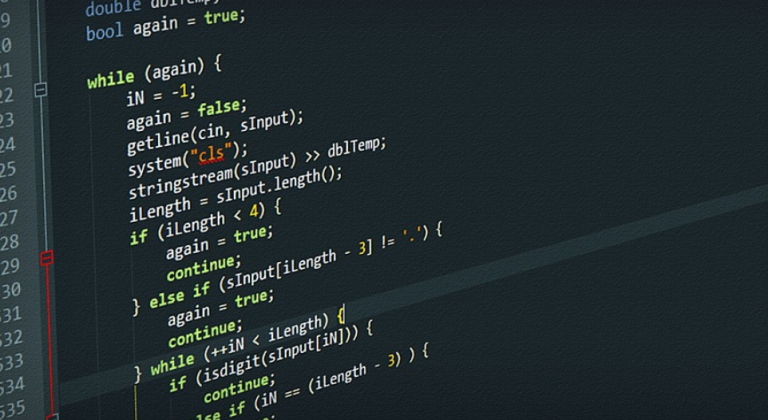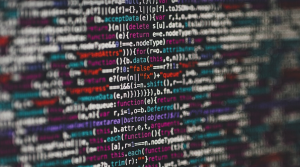A Journey From Observation to Insight
Have you ever noticed how a simple experiment can unravel big mysteries? Or how a chart can tell us something profound about our world?
We’re talking about the power of science, and specifically its two pillars: the scientific method and graphing. These tools are more than just abstract concepts; they’re active forces that help us understand the universe around us in an increasingly sophisticated way.
Think back to your childhood experiments. You were probably curious about why a balloon sinks or floats, how vinegar reacts with baking soda, or what happens when you mix water and bleach. These questions sparked curiosity and led to some exciting discoveries!
The scientific method is the roadmap we follow to answer these kinds of questions. It’s all about observation, experimentation, and drawing conclusions based on data.
Here’s a basic breakdown:
1. **Observation:** You start by noticing something interesting or unexpected in the world around you—an effect that doesn’t quite make sense. 2. **Question:** You formulate a clear and precise question about what you observed.
3. **Hypothesis:** This is your educated guess about how to answer your question, based on previous knowledge and experiences. It’s like an initial prediction about the outcome.
4. **Experimentation:** You design an experiment to test your hypothesis—a controlled process involving variables (things you can change) and measurements.
5. **Data Collection:** Here’s where the real magic happens! You collect data, which is anything measurable or quantifiable about your experiment. It’s like a treasure chest of information waiting to be explored.
6. **Analysis:** You begin analyzing your data—looking for patterns, making comparisons, and drawing conclusions. This is where you start to see if your hypothesis holds up.
7. **Conclusion:** Based on the analysis of your results, you draw a firm conclusion about your experiment – “This happens because…” or “This doesn’t happen because…”.
So, as we can see, the scientific method is all about systematically approaching problems and testing ideas. It’s not just about running experiments; it’s about carefully planning, collecting data, analyzing results, and drawing meaningful conclusions.
Now, let’s talk about graphing. It’s a visual representation of your experiment—a map to navigate the complexity of numbers and data, making them easier to understand and analyze.
Graphs are like artists capturing the essence of our findings through lines, curves, dots, and bars. They use the power of visuals to reveal hidden stories within data, turning dry numbers into engaging narratives.
Think about a graph you saw on news or social media highlighting weather patterns in different parts of the world. The chart instantly shows how temperature varies from region to region, helping us understand the global climate better.
Graphs can take many forms—bar graphs for comparing categories, line graphs for showing trends over time, scatterplots to explore relationships between variables. Each graph type serves a distinct purpose, making the complex world of data understandable and insightful.
The Power Couple: Science & Graphing
Let’s put these two pieces together—the scientific method and graphing—and see how they work together in science to answer fundamental questions about our world.
In any scientific study, the goal is often to understand a phenomenon or investigate cause-and-effect relationships. This is where the scientific method and data visualization play crucial roles. The scientific method provides the structure for a rigorous investigation, while graphing allows us to translate complex data into easily understandable visual representations.
For example, imagine you’re studying plant growth under different light conditions. You would design an experiment where you expose plants to different amounts of sunlight—a key variable in your experiment. As part of the experiment, you’ll measure plant height and track these measurements over time.
This data can be represented graphically via a bar graph that compares the growth of plants under different light conditions. The graph will show how much each plant grows depending on the amount of sunlight it receives. This visual representation makes it easier to understand the relationship between light, plant growth and draw conclusions from your study.
The beauty of this approach is that it allows you to see trends that might not be obvious in raw numbers alone. You can easily identify the most optimal lighting conditions for plant growth, even if the data is complex and overwhelming at first glance.
So, there you have it – a glimpse into how both the scientific method and graphing work together to unlock the secrets of science!
The next time you see a graph or hear about scientific research, remember that behind those charts and figures are real people exploring our world through careful observation, experimentation, and data visualization. It’s an exciting journey, full of discoveries waiting to be made.













